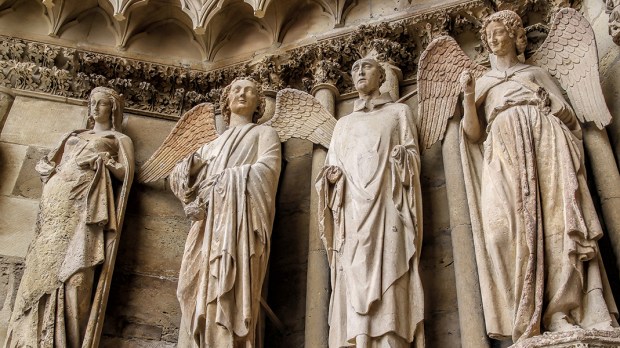Lenten Campaign 2025
This content is free of charge, as are all our articles.
Support us with a donation that is tax-deductible and enable us to continue to reach millions of readers.
UNESCO has recognized the efforts of centuries’ worth of church craftsmen, known as the “Bauhüttenwesen,” adding them to its list of “Intangible Cultural Heritage.” The “Bauhüttenwesen” have been responsible for the construction and care of some of the most iconic church buildings in Europe for centuries.
A tradition of skill
The term Bauhüttenwesen comes from German craft of maintaining churches and cathedrals, which was developed in the medieval era. Literally translating to “construction metallurgy,” the term refers to communities of craftsmen ranging from stonemasons to blacksmiths and everything in between. These communities, or lodges, would form during the construction of a great structure, such as France’s Reims Cathedral, and remained afterwards in order to maintain the buildings.
According to a report from DW, the UNESCO nomination included 18 “Bauhütten,” or crafts lodges, from Germany, Austria, France, Norway and Switzerland. The lodges, which were developed in the Middle Ages, were made up of skilled architects, stonemasons, blacksmiths, carpenters, artistic glaziers, scaffolders, painters and roofers. There, the masters would pass on the knowledge of their given field to the next generation, while preserving and adding to the works of the prior.
The UNESCO listing honors centuries of international cooperation among European craftsmen. In medieval times, skilled workers would travel between countries to add their expertise to ongoing Gothic-style projects. The tradition continues today, ensuring the continued existence of these great churches and cathedrals.
Intangible Heritage
“Intangible Cultural Heritage” is a title that UNESCO has awarded since 2003. It differs from “Tangible Cultural Heritage” in that it has to do more with ideas and methods than physical objects. Whereas Notre-Dame de Paris is a piece of tangible cultural heritage, the intangible includes things like blueprint drafting methods, music, and dancing.

Read more:
Notre Dame’s restoration of the Grand Organ is ahead of schedule

